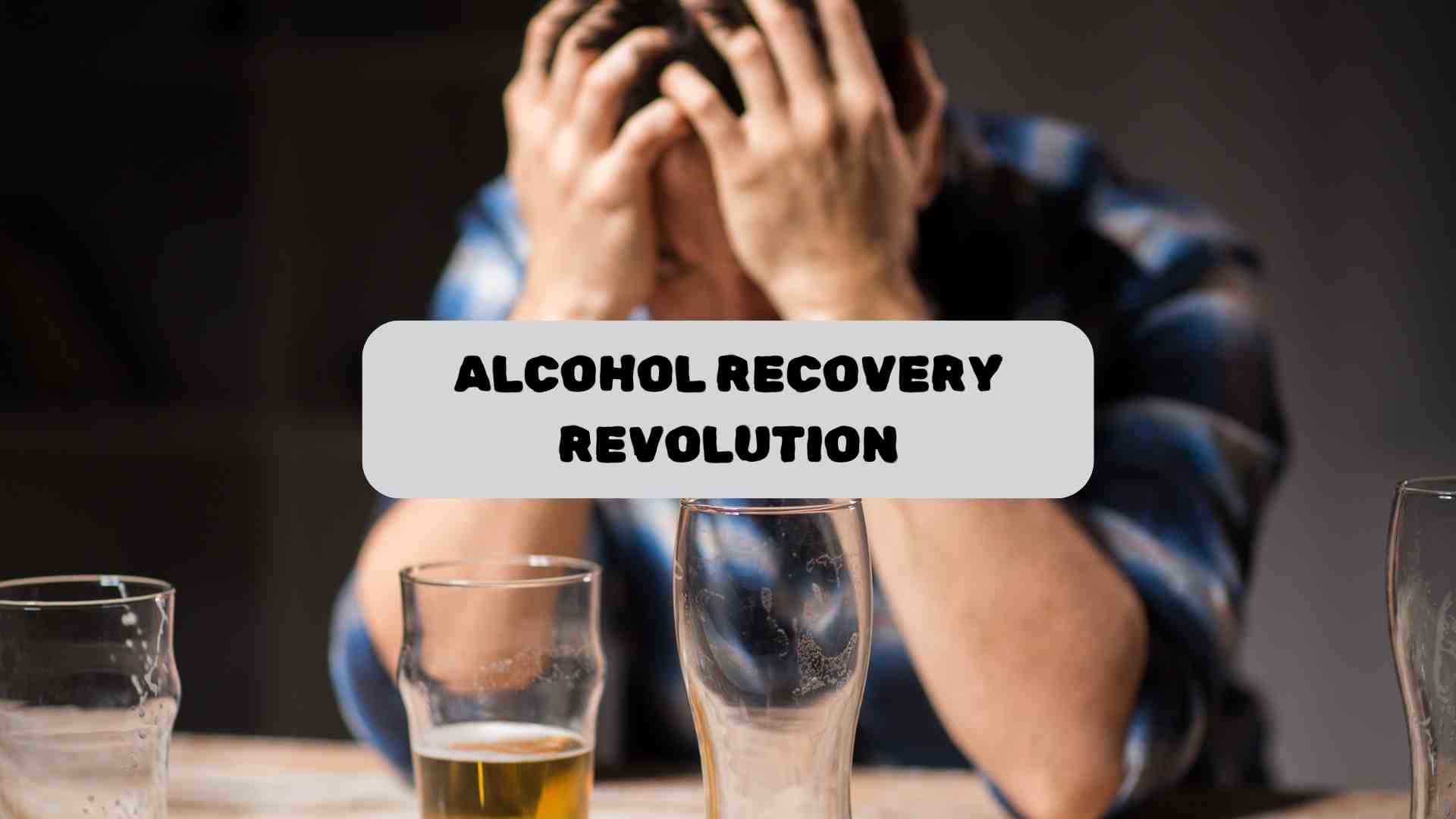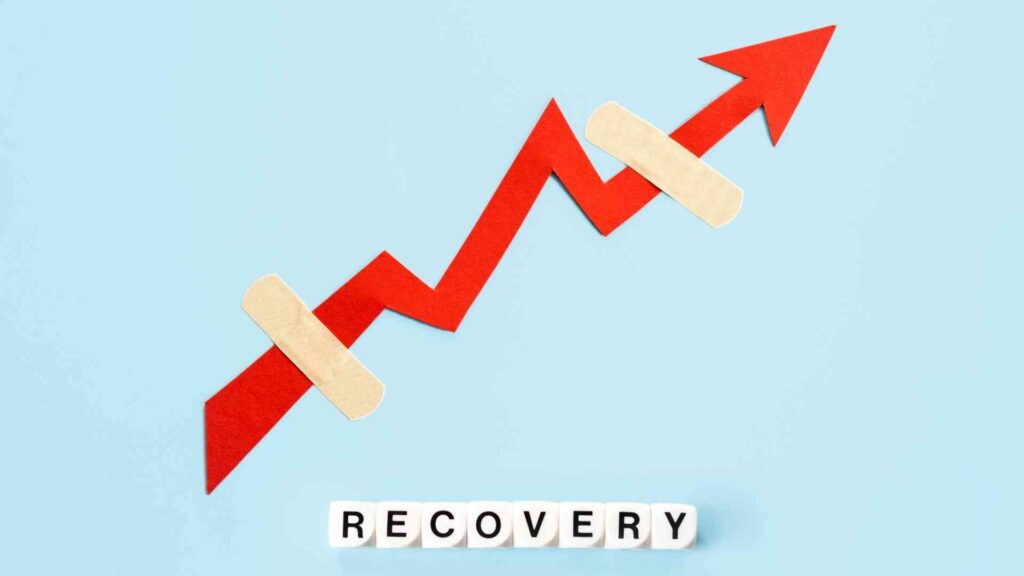
Excessive alcohol consumption has been a rising issue globally for a long period. This has led many people of all ages and backgrounds to develop many health-related issues during their lifetime. It’s not easy for many addicts to abandon this life-threatening habit. Yet, several heavy drinkers succeed in reducing their alcohol consumption or even quitting entirely. What truly is the main concern is the Alcohol Withdrawal Syndrome (AWS) that might occur post-rehabilitation.
What is Alcohol Withdrawal Syndrome?
AWS is a spectrum of symptoms that manifest following a reduction in alcohol consumption after a prolonged period of excessive drinking. The syndrome is primarily triggered by the abrupt cessation of alcohol intake after a phase of heavy consumption. The symptoms of AWS usually are anxiety (restlessness), sweating, vomiting, fast heart rate, and an acute fever. More chronic symptoms may consist of seizures and delirium tremens (DTs); which can be fatal if left untreated. AWS is relatively more common in adults than children. Its level of severity can be observed from the fact that about half of people with Alcohol Use Disorder (AUD) who discontinue alcohol intake are affected by AWS.
Conventional Treatment Options
The conventional approach towards AWS treatment involves medication use along with supportive care. The aim is to achieve safe control of immediate withdrawal symptoms, keep complications at bay as well as pave the way for long-term recovery from alcoholism through abstinence from alcohol. The initial treatment of AWS is often done using benzodiazepines such as diazepam or chlordiazepoxide. These drugs function by slowing down the central nervous system and thus reducing the severity of withdrawal symptoms. They are typically administered on a tapering schedule over several days to prevent severe withdrawal symptoms. This gradual reduction helps to avoid a sudden drop in alcohol levels in the body, which can trigger severe withdrawal symptoms. The use of benzodiazepines has been shown to reduce the risk of seizures and delirium, serious complications of AWS.
Other medications like carbamazepine or gabapentin may also be prescribed for milder AWS cases. Carbamazepine is an antiepileptic drug that helps in reducing withdrawal symptoms. This works by stabilizing electrical activity in the brain, hence averting seizures that may take place during alcohol withdrawal. Conversely, Gabapentin is frequently employed in treating seizures as well as anxiety linked with AWS. What this does is mimic GABA’s action neurotransmitter responsible for decelerating activities and lessening nerve sensitivity in your brain system thereby mitigating activity inside your mind while lessening excitability inside nerves themselves.

It is important to manage AWS with supportive care. It leads to rehydration which reverses the fluid loss that happens due to excessive sweating and vomiting which are frequent among patients with AWS. This can help maintain proper fluid balance in the body and facilitate detoxification processes. Additionally, nutritional deficiencies should also be corrected. Nutritional inadequacies such as thiamine and folic acid deficiency are common among individuals who consume alcohol excessively for a long period. These shortages are usually treated by providing supplementary diets because they are important for normal nervous system activities and general health.
Unconventional Treatment Options
Besides traditional conventional methods, there are many alternate types of treatment methods available for patients to help them recover from AWS. When dealing with AWS, unconventional treatments can help regular medical care for patients suffering from AWS. These treatments stress the need for lifestyle changes and measures that aid overall health and wellness. Having enough fluids is vital to keep the body working well and help detoxification. A balanced diet with vitamins and minerals gives energy for daily functions and long-term health. Deep breathing methods have many benefits. They can help manage stress, increase lung capacity, and enhance mental focus.
By controlling breathing, one can feel calm and clear, which is good for mental and physical health. Regular exercise is another key part of non-traditional treatments. It makes the body stronger and boosts mood and mental health through endorphin release. It also improves the immune system to fight off sickness. Music therapy uses music to improve emotional and cognitive health. It can help express feelings and stimulate brain functions through rhythm and melody. A positive, supportive atmosphere is important for mental health by providing security and belonging.
Healthy food choices are also important to support physical health. Unconventional treatments for AWS fully see health care by adding lifestyle changes and measures to boost wellness. Focusing on fluids, food, breathing, exercise, music therapy, and positive surroundings helps fully support health.
Unconventional treatments for AWS encompass a holistic view of health care that integrates lifestyle changes and supportive measures to enhance overall well-being. By focusing on hydration, nutrition, breathing techniques, exercise, music therapy, and a positive environment, individuals can comprehensively support their health.

Neurotransmission devices such as transcranial Direct Current Stimulation (tDCS), transcranial Alternating Current Stimulation (tACS), Transcranial Magnetic Stimulation (TMS), and Electroencephalogram (EEG) are generally considered unconventional treatments of AWS.
Alcohol Withdrawal Syndrome (AWS) is a complex condition that often requires a multifaceted treatment approach. While conventional treatments such as benzodiazepines and supportive care are commonly used, there is growing interest in the potential of unconventional treatments, particularly neurotransmission devices like tDCS, tACS, TMS, and EEG. tDCS and tACS are non-invasive brain stimulation techniques that modulate neuronal activity. However, there is limited information available on the use of tDCS and tACS in AWS treatment, indicating a need for further research.
TMS works by calming the area of the brain known to cause the craving for alcohol. In patients who have recently gone through a detox, TMS can help them prolong their success by reducing those cravings. However, more research is needed to establish its effectiveness and safety in treating AWS.
EEG is a test that detects electrical activity in your brain using small, metal discs (electrodes) attached to your scalp. It’s primarily used for diagnosis and monitoring, rather than treatment.
The reason these treatments are considered unconventional is that they are not yet widely used or fully validated for AWS treatment. While they show promise, more research is needed to understand their effectiveness, how to best implement them, and their potential side effects.
In conclusion, both conventional and unconventional treatments play a crucial role in managing Alcohol Withdrawal Syndrome (AWS). Conventional treatments, such as benzodiazepines and supportive care, are often the first line of defence, providing immediate relief from severe withdrawal symptoms. On the other hand, unconventional treatments, including lifestyle changes and the use of neurotransmission devices, offer a holistic approach to recovery, addressing both the physical and psychological aspects of withdrawal.
Neurotransmission devices hold significant potential in AWS treatment. Devices like Transcranial Magnetic Stimulation (TMS), transcranial Direct Current Stimulation (tDCS), and transcranial Alternating Current Stimulation (tACS) offer novel approaches to managing AWS. However, more research is needed to fully understand their effectiveness and safety. As our understanding of AWS expands, so too does the potential for innovative and effective treatments. The exploration of these unconventional methods opens new avenues for potential treatment strategies, paving the way for a more comprehensive approach to AWS management.
References:
Astha, Patil, S., Patil, N. M., Tekkalaki, B., & Chate, S. S. (2024). Efficacy of tDCS on craving in patients of alcohol dependence syndrome: A single-blind, sham-controlled trial. Indian Journal of Psychiatry, 66(1), 98–105.
Boroda, E., Krueger, A. M., Bansal, P., Schumacher, M. J., Roy, A. V., Boys, C. J., Lim, K. O., & Wozniak, J. R. (2020). A randomized controlled trial of transcranial direct-current stimulation and cognitive training in children with fetal alcohol spectrum disorder. Brain Stimulation, 13(4), 1059–1068.
Dubuson, M., Kornreich, C., Vanderhasselt, M., Baeken, C., Wyckmans, F., Dousset, C., Hanak, C., Veeser, J., Campanella, S., Chatard, A., Jaafari, N., & Noël, X. (2021). Transcranial direct current stimulation combined with alcohol cue inhibitory control training reduces the risk of early alcohol relapse: A randomized placebo-controlled clinical trial. Brain Stimulation, 14(6), 1531–1543.
Klauss, J., Anders, Q. S., Felippe, L. V., Nitsche, M. A., & Nakamura-Palacios, E. M. (2018). Multiple sessions of transcranial Direct current stimulation (TDCS) reduced craving and relapses for alcohol use: a Randomized Placebo-Controlled Trial in Alcohol Use disorder. Frontiers in Pharmacology, 9.
Pedron, S., Dumontoy, S., Del Carmen González-Marín, M., Coune, F., Van Schuerbeek, A., Haffen, E., Naassïla, M., & Van Waes, V. (2022). Transcranial direct current stimulation (tDCS) reduces motivation to drink ethanol and reacquisition of ethanol self-administration in female mice. Scientific Reports, 12(1).
Philip, N. S., Sorensen, D. O., McCalley, D. M., & Hanlon, C. A. (2020). Non-invasive brain stimulation for alcohol use Disorders: State of the art and future directions. Neurotherapeutics, 17(1), 116–126.
